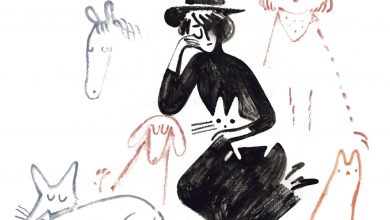If you are a lover of history and a world traveler, then I have just the place you must visit. It is called Ait-Ben-Haddou, a fortified village or ksar that is located on a hill overlooking the Ouarzazate River in the beautiful country of Morocco. It is nineteen miles NW of Ouarzazate on the west of the Wadi Mellah Valley and Ouarzazate River. This amazing place is made up of several fortresses called kasbahs. They are approximately ten meters in height. The oldest constructions do not appear to be built earlier than the seventeenth century although their structure and technique were propagated from a very early period in the valleys of southern Morocco. This village was once a stop along the Sahara Trade Route. Traders who were carrying cargoes of slaves, spices, and other goods would stop here to rest on their way to Timbuktu or the Western Sahara.
The community areas of the ksar include a mosque, a public square, grain threshing areas outside the ramparts, a fortification and a loft at the top of the village, a caravanserai (a desert inn for caravans),two cemeteries (Muslim and Jewish),and the Sanctuary of the Saint Sidi Ali or Amer.The Ksar of Ait-Ben-Haddou is a perfect synthesis of earthen architecture of the pre-Saharan regions of Morocco.
Visitors have the great experience to go back in time to an era when life was slower and more peaceful. Approximately eight families still live in this area, but most of them inhabit more modern homes across the river. The ones that live in the ksar often open up their homes to tourists for a fee. Some even sell traditional Moroccan art and jewelry which can be unique souvenirs for tourists to take back home with them.
Getting to the village is also part of the fun. Tourists can cross the river by riding on camels or horses or by crossing a small foot bridge. At this point magnificent views of Jebel Toubkal and the other High Atlas Hotel can be seen with explanations provided by a man in traditional Berber dress as a tourist guide. Tourists can delightfully wander around the narrow streets of the village or climb to the top of the granary above the ksar to get an incredible and breath-taking view of the entire mountains capped with snow despite Morocco’s extreme temperatures. Watching the sun and seeing the red color produced by the mud-brick walls of the Kasbahs is also a glorious sight to behold.
This historic place has been used in seventeen classic movies, such as the famous Lawrence of Arabia filmed in 1962, The Man Who Would Be King in 1975, Time Bandits in 1981, The Jewel of the Nile in 1985, The Living Daylights in 1987, The Mummy in 1999, Gladiator in 2000, Alexander in 2004,Babel in 2006, and Prince of Persia in 2010. This fantastic tourist attraction in southern Morocco was declared a World Heritage Site by UNESCO in 1987.



